Do it yourself: preparing an excellent solution for cleaning sewer pipes
An effective drain cleaner in the kitchen or bathroom does not have to be purchased at the store. There are time-tested folk recipes that can solve the problem without extra costs. The components for such solutions are found in any kitchen - baking soda, table salt, vinegar, etc. Let's figure out how to make your own drain cleaner and how to use such solutions correctly.
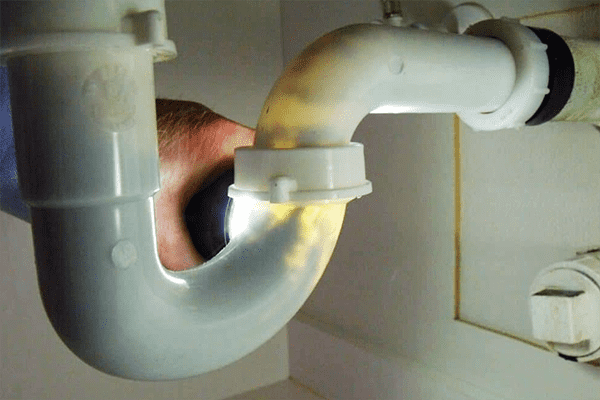
Why do pipes get clogged and what to do about it?
Before discussing folk recipes for cleaning sewer pipes, you need to understand how the sewer system works. This will help you understand the causes of blockages, as well as find out what you can do to dissolve the resulting blockage. Of course, there are significant differences in the design of the sewer system in different buildings, but the general principle is the same everywhere.
As a rule, every house has the following elements of the sewer system:
- Main riser. This is a vertically installed large-diameter pipe through which wastewater is carried away from the apartment. It clogs extremely rarely. It should be said right away that if the riser is clogged, folk remedies are not enough.
- Sun beds. These are horizontally located pipes connecting the kitchen sink, bathtub, toilet and other plumbing fixtures to the riser. In sunbeds, blockages most often occur at the joints with the riser or siphons.
In order for waste to be drained by gravity from plumbing fixtures, the deck chairs must have a sufficient slope. If there is no slope, blockages are inevitable. Traditional recipes will help cope with a specific problem, but will not prevent the appearance of new blockages. Therefore, if the slope of the sunbeds is insufficient, major repairs will have to be carried out.
- Siphons and connecting corrugations. These are parts of complex shapes with ribbed surfaces. They create water seals - layers of water that prevent gases from the pipes from entering the home. Siphon bends are the most common place for blockages to form. Since the siphon is located closest to the drain hole, the use of folk recipes for cleaning it is most effective.
With the exception of cases where large foreign objects (rags, tufts of hair, etc.) get into the sewer system, the main cause of blockages in a properly constructed system is fat deposits in the pipes. If the system is not flushed with a sufficient amount of hot water (with modern economy, this often does not happen), grease is deposited on the walls, “cements” large particles that fall into the drain, and blocks the lumen.
The most effective method in dealing with blockages is the chemical method. It involves dissolving fatty deposits with chemically active substances. After the deposits cementing the blockage disappear, the water pressure will push large particles further through the system, and the blockage will be eliminated. This is exactly how all pipe cleaners work: from store-bought “Mole” to folk recipes.
Requirements for means for dissolving blockages
Any composition for cleaning sewers is subject to a certain set of requirements.If an industrially produced product does not comply with them, it will not be allowed for sale. There are no such strict restrictions for a homemade solution, but it is advisable not to ignore them. We will use these criteria when assessing the effectiveness of the formulations being analyzed.
Here are the requirements for means for dissolving blockages in sewer pipes:
- Efficiency. The ideal composition should remove blockages anywhere in the sewer system. Real formulations rarely achieve such effectiveness, having certain limits of applicability. Expanding the scope of application requires the introduction of potent substances into the composition, which is not always possible or justified.
- Health safety. It is advisable that the product does not burn the skin of the hands and mucous membranes. Unfortunately, this requirement directly contradicts efficiency. Therefore, it is recommended to wear protective gloves when using many recipes.
- Safety for the materials from which the pipes are made. This criterion sounds quite strict: the composition used should not destroy the cast iron and polymers from which the sewer system pipes are made.
- Availability and low price. The rarer the components are and the more expensive they are, the worse the product will meet this effectiveness criterion. It is for this indicator that homemade compositions often outperform gels, powders and solutions made in a factory.
- Easy to use. The composition should not require long exposure or use according to a complex algorithm. In addition, an ideal product should “forgive errors” when used, i.e., remain effective even if the instructions are not strictly followed.
Having decided on the principle of operation of homemade pipe cleaning compounds and formulated criteria for assessing their effectiveness, let’s move on to analyzing methods of dealing with blockages that have stood the test of time.
Rinse the pipes with boiling water
The easiest way to implement it on your own. All you need to remove the plug is hot water or boiling water.
The procedure looks like this:
- Open the tap and fill the sink (or bathtub) with hot water. Its temperature is about +70°C. This is enough to dissolve fat. But you can also prepare boiling water by boiling water in a saucepan or kettle.
- Close the tap. We wait until the water completely goes into the drain hole.
- We repeat the procedure several times. You can tell that the result has been achieved by the rate of water drainage: when the blockage is destroyed, the sink will begin to empty freely.
The method has many disadvantages:
- First of all, its effectiveness is maximum when the blockage has recently formed. But if the cork formed a long time ago, having had time to dry thoroughly, boiling water will not be able to dissolve it.
- Another drawback is the high consumption of hot water (which will affect utility bills).
- The method is recommended only for metal pipes. Plastic pipes, as well as siphons, corrugations, and boiling water gaskets may lose their tightness.
Before flushing the pipe with boiling water, pay attention to the nature of water stagnation. If it goes down the drain until a certain point, and then starts to build up, the blockage is located too far from the siphon. In this case, the washing efficiency will be extremely low.
Flushing your pipes with hot water is easy to do and does a good job of removing fresh clogs.But still, this folk method can hardly be called a means of effectively combating traffic jams in the sewer system: it is rather preventative.
Baking soda is an effective assistant in the fight against blockages
Sodium bicarbonate, or baking soda, is widely used in cooking as a leavening agent for dough. When in contact with acids, this substance produces a lot of foam. Baking soda has an alkaline reaction, which allows it to effectively fight grease and dirt. Many housewives use it for cleaning dishes, stoves, cleaning and other operations.
In the fight against blockages, the ability of soda to saponify fats due to the alkaline hydrolysis reaction is used. There are several ways to implement this reaction, which should be considered in more detail.
Compositions based on soda and vinegar
The interaction of soda with acetic acid is accompanied by the rapid release of carbon dioxide. The gas pressure forces the foam into the plug, where the soda destroys deeper and deeper layers. All this quite effectively destroys the blockage, which makes it possible to cope even with old fatty deposits.
When using acetic acid, do not forget about safety precautions. The vapors of this volatile substance can cause severe burns to the mucous membranes. Therefore, before starting work, open the window and ensure the room is ventilated. Also, find a plug in advance that can reliably block the drain hole.
Soda and vinegar for cleaning pipes applied in several ways:
- Half a pack of soda is poured into the pipe, and then 100 ml of vinegar is poured into the drain. The hole must be immediately plugged with a plug. Firstly, this will not allow caustic vapors to penetrate into the room, and secondly, it will not allow a loss of gas pressure, directing it completely towards destroying the blockage.When the reaction stops (this can be seen by the cessation of hissing; it usually takes about half an hour), the drain is washed with hot water. After 2–3 liters of water pass through the pipe, the blockage will be completely destroyed and removed from the system.
- Vinegar and soda (100 ml of acid and 100 g of powder) are mixed in a glass or clay container. After foam appears, the mixture is immediately sent to the drain hole, which is then closed with a stopper. Rinse the pipe after an hour and a half; this time is usually enough to dissolve fatty deposits.
Soda can be replaced with Alka-Seltzer effervescent tablets. 3-4 tablets thrown into the drain and filled with a glass of vinegar are enough to destroy the blockage and get rid of unpleasant odors from the drain hole.
Destroying blockages with a mixture of baking soda and vinegar can be considered an effective and inexpensive way to solve the problem. Its only drawback is the risk of burns to the mucous membranes due to acetic acid vapor. To reduce the danger to a minimum, follow technology and do not neglect safety precautions.
A mixture of soda and table salt
Coarse table salt has a good abrasive effect. It increases the effectiveness of using soda in combating blockages in the sewer system. In practice, these substances are used as follows:
- Soda and coarse salt in a ratio of approximately 2:3 (200 g of soda and 350 g of salt) are poured into the drain. Everything is filled with hot water (0.3–0.5 l). Then you need to wait 20 minutes. During this time, the soda will chemically dissolve the fat. To remove the blockage, the drain is thoroughly flushed with a large volume of hot water. To enhance the effect, repeat the procedure 2-3 times or use a plunger.
- Salt and soda in equal quantities (200 g each) are poured into the sink drain hole and 10 ml of acetic acid is poured. Since the reaction produces caustic fumes, the drain must be carefully plugged. After waiting for an hour, the drain is washed with hot water.
The use of table salt allows you to increase the effectiveness of using soda and eliminate the use of vinegar. However, this composition will only cope with small and relatively fresh plugs. If the deposits formed a long time ago, are thick, or are located far from the drain hole, the effectiveness of the method is reduced.
Lemon juice: natural and safe
Lemon juice is acidic. The citric acid it contains is capable of dissolving fatty deposits (acid hydrolysis of fats). At the same time, lemon juice, unlike acetic acid, does not form volatile caustic vapors, and therefore is not capable of damaging the mucous membranes of the lungs and eyes. True, citric acid is dangerous for the skin of your hands if it has cracks, scratches, burrs, etc. In this case, you should work with gloves.
Squeeze the juice from 4-5 lemons into a cup and then pour it down the sink drain. To prevent the acid concentration at the site of exposure from falling, refrain from using the sink for 1–1.5 hours. Then flush the drain with hot water. If necessary, repeat the procedure 2-3 times.
Natural lemons can be replaced with concentrated lemon juice (half a cup of concentrate is enough) or a solution of dry citric acid (take 2-3 packs of powder for 1 cup of water).
Using lemon juice is safer than using vinegar. However, the efficiency of this method is somewhat lower, especially if you take into account the high cost of the components.The use of dry citric acid will help increase efficiency. Lemon juice can also be used instead of acetic acid in baking soda-based formulations.
Advantages and disadvantages of home remedies
Do-it-yourself pipe cleaning solutions have many advantages over factory-made ones:
- To prepare homemade compositions, inexpensive components are used that are always on hand. This is especially true if you have to deal with the blockage far from civilization (for example, in the country).
- The cost of factory-made products can exceed the cost of components for a homemade composition by an order of magnitude.
- Industrially produced products are highly toxic and chemically aggressive, which makes them dangerous during storage.
At the same time, the effectiveness of homemade formulations, at best, approaches the effectiveness of factory-made products. Therefore, DIY solutions should be used to combat minor blockages, as well as as a preventive measure.
If you follow the technology of use and apply it in your niche, homemade products show quite high efficiency, and the low cost of the components often makes them the best choice for solving the problem of blockages.
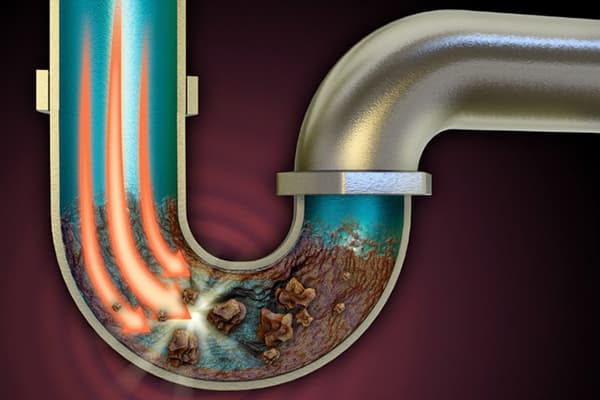
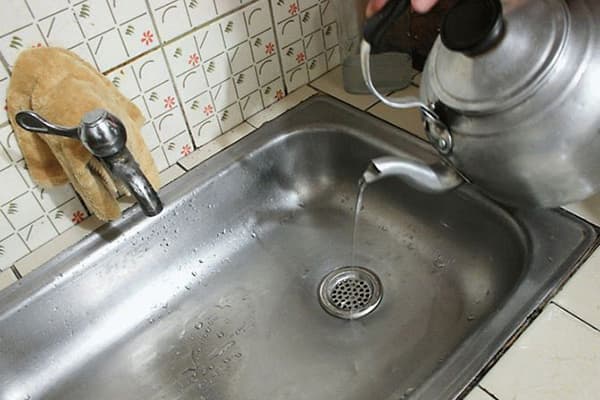
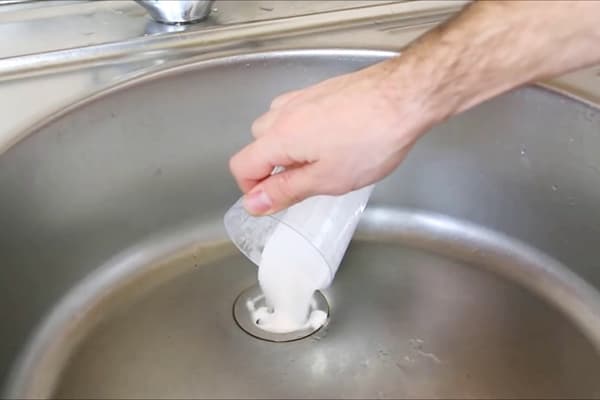
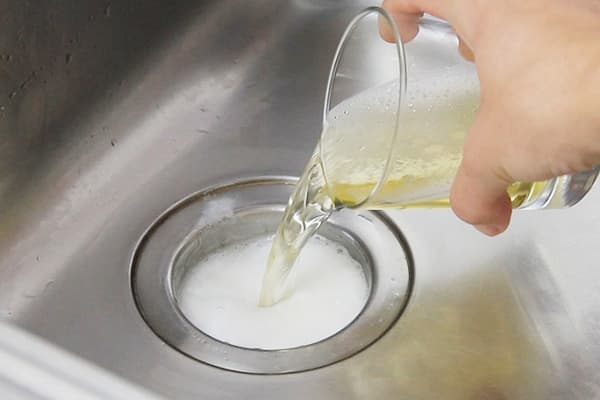
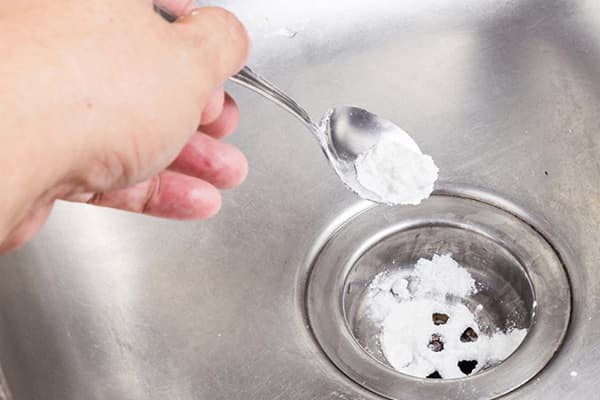
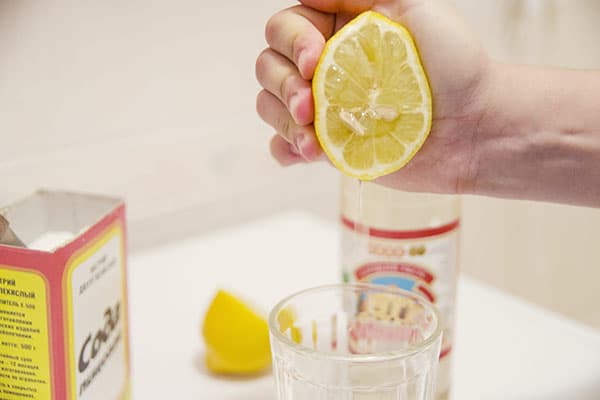
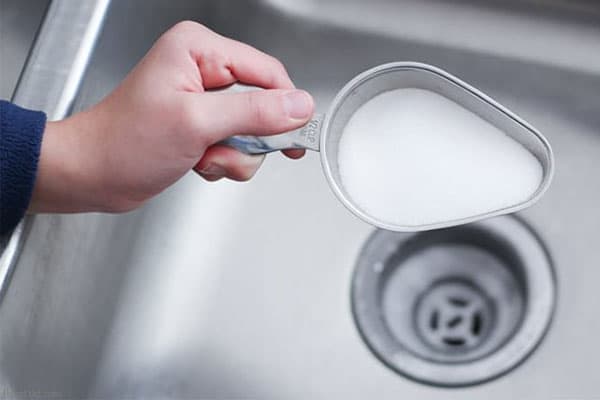
I always cleaned with caustic soda solution, I haven’t seen a better one yet
Baking soda and vinegar worked great on the clog!